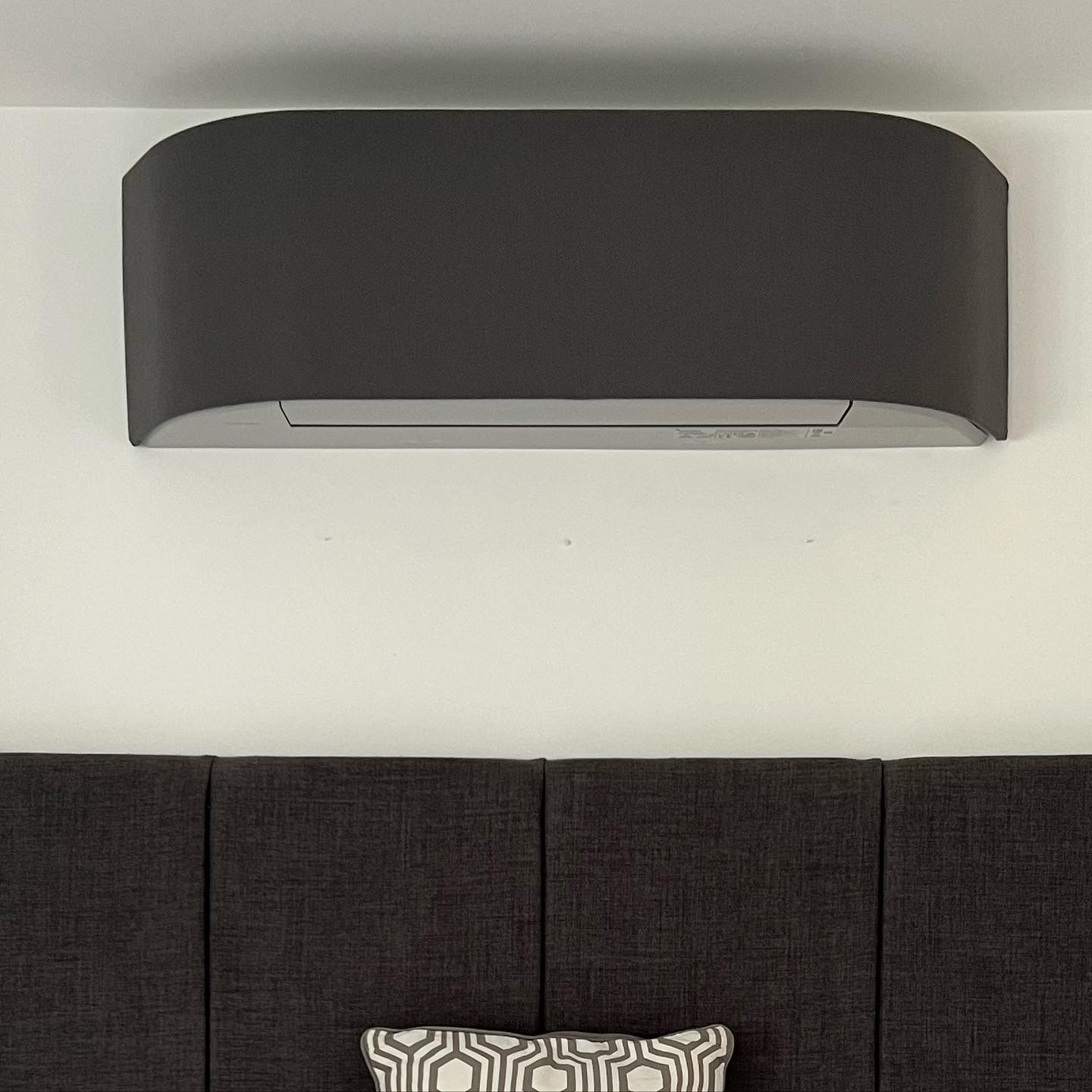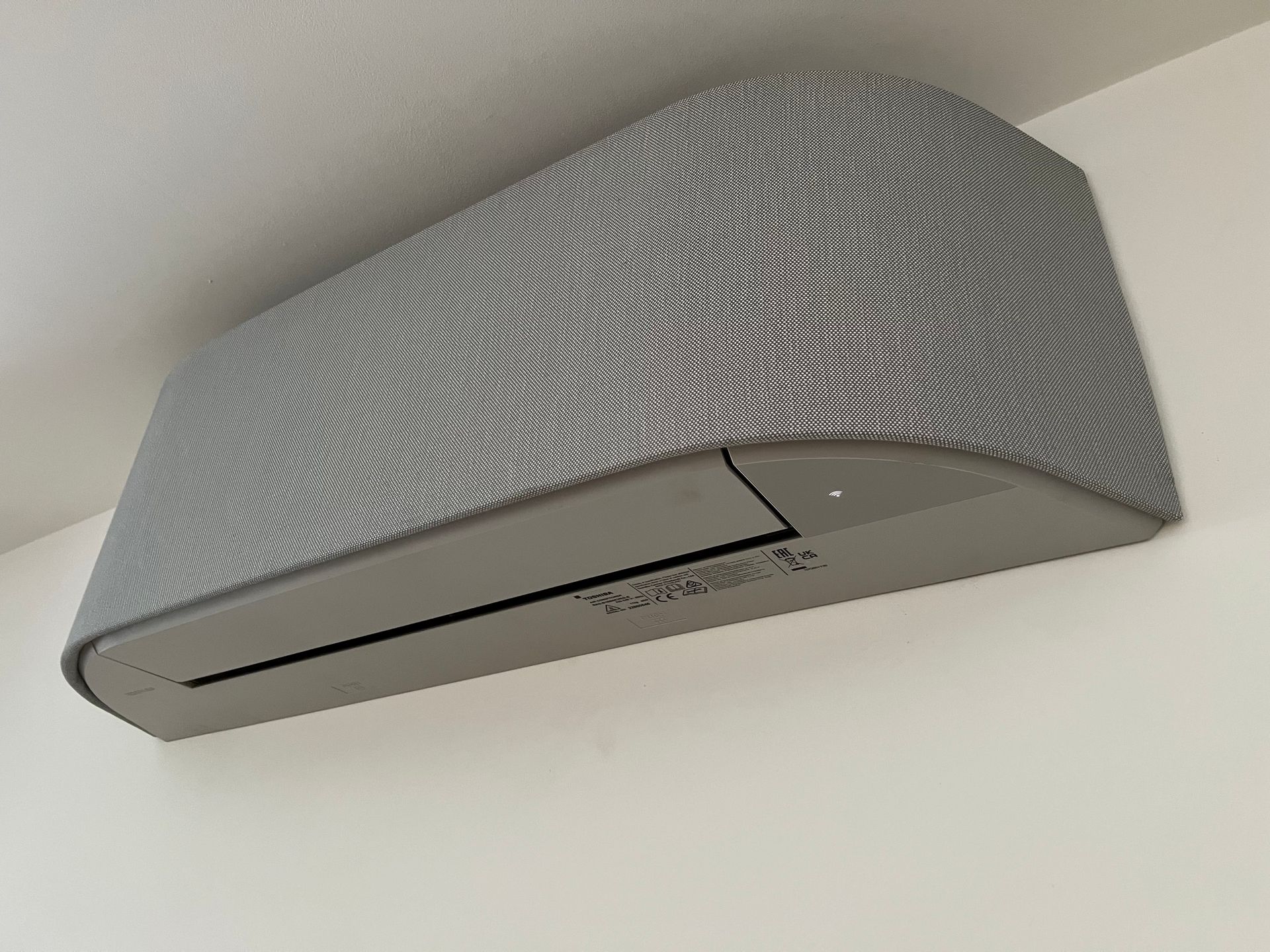What does Indoor Air Quality mean?
And why is it important?
Indoor Air Quality - or IAQ - refers to the condition of the air inside buildings or enclosed spaces, such as homes, offices, schools, and public buildings.
Good Indoor Air Quality means that the air is clean and free of harmful pollutants and irritants, such as mold, dust, chemicals, and other particles that can cause health problems.
Indoor Air Quality can be affected by a variety of factors, including outdoor pollution, building materials, heating and cooling systems, cleaning products, and even human activities like smoking and cooking. Poor indoor air quality can cause a range of health problems, including respiratory issues, allergies, and headaches.
Maintaining good Indoor Air Quality is important for both the health, productivity and comfort of the people who live or work in a building. Strategies for improving Indoor Air Quality may include proper ventilation, regular cleaning and maintenance of HVAC systems, and the use of air purifiers or other air-cleaning devices.
Simply opening up a window is probably not enough these days to achieve better Indoor Air Quality; for instance the outside air coming in through the window is not filtered and if coming from a busy road or an industrial area, for example, it may not be any better than the internal air anyway. Also, open windows are very energy inefficient, with all the expensive heat being lost to the exterior. Instead, introducing filtered Fresh Air via a MVHR (Mechanical Ventilation Heat Recovery) is a far better option.







